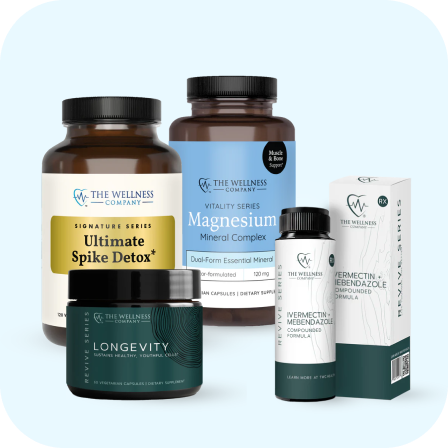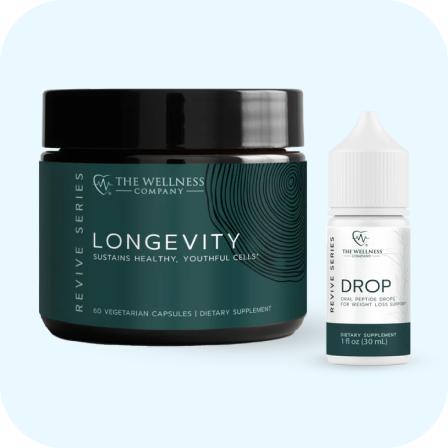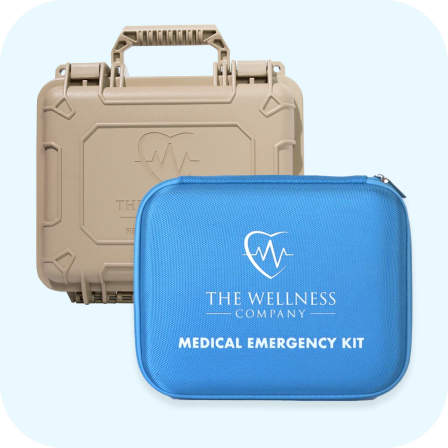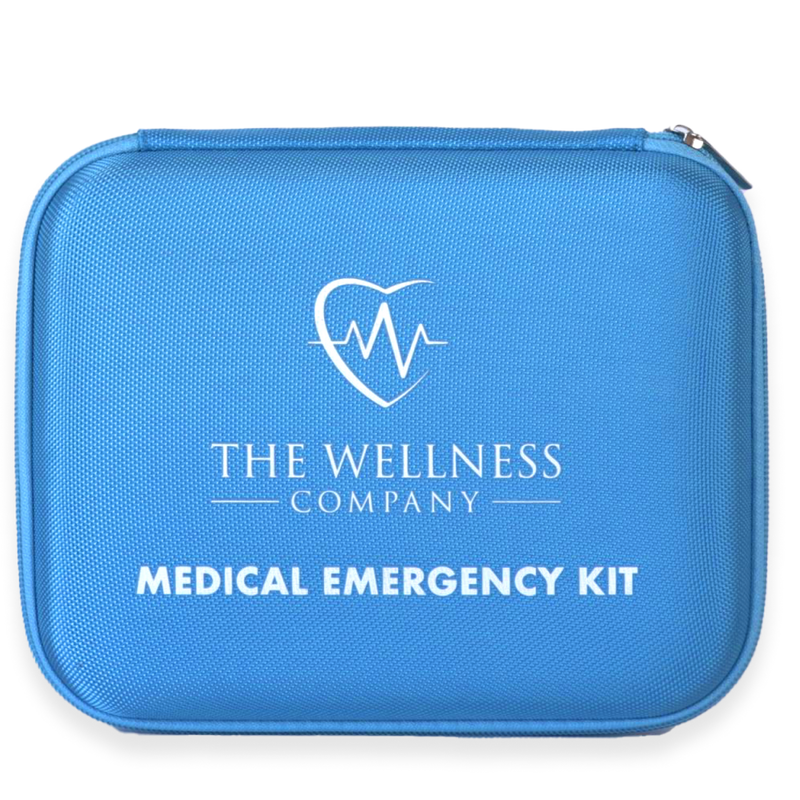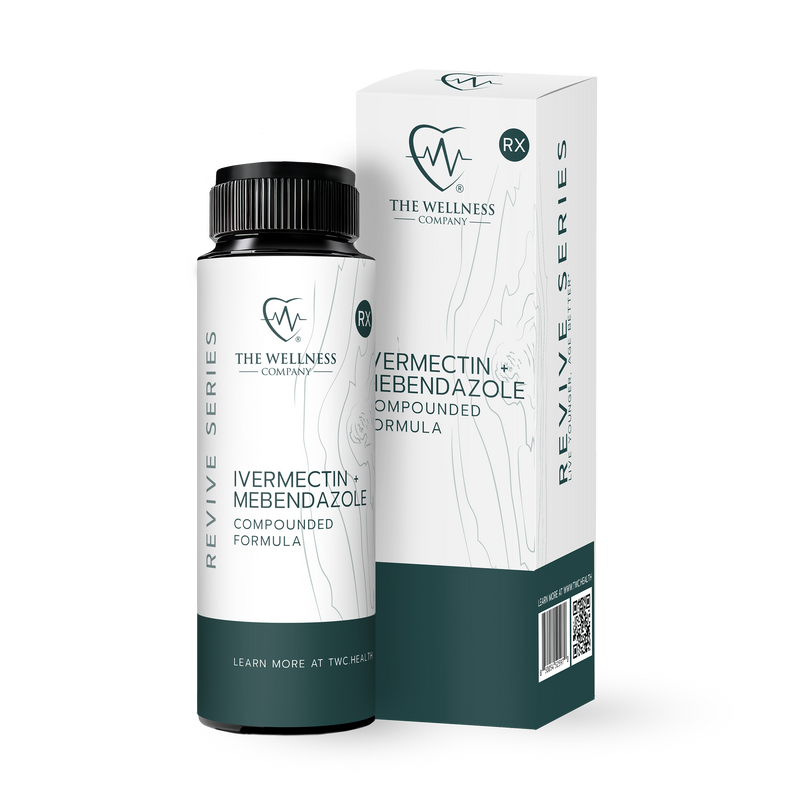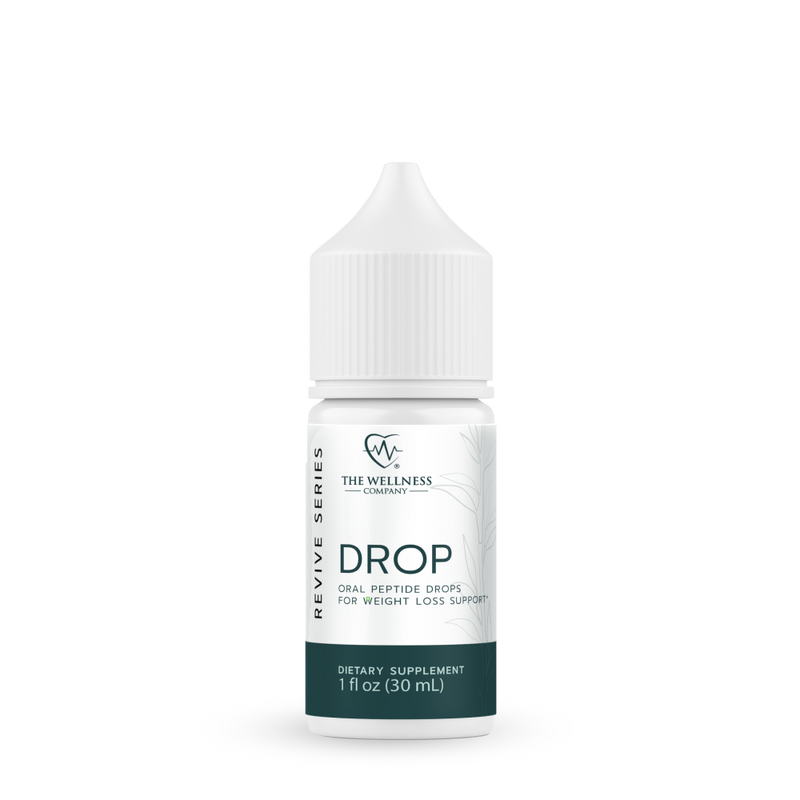What’s In a Flu Shot?

Adult influenza vaccine injury claims are now the leading claim submitted to the federal Vaccine Injury Compensation Program (VICP), with Guillain-Barré syndrome as one of the leading alleged injuries following vaccination.
Egg allergies? No problem. Starting with the 2023-2024 flu season the CDC says you can take the egg-based flu shot regardless of the severity of previous reaction to egg. That’s (not very) reassuring.
Afraid of needles? The CDC has got you covered. The nasal spray flu vaccine will keep the needles away. You can vaccinate anyone you have close contact with after you have been vaccinated since it has been proven to shed the flu virus. (1)
And you only need to be 6 months of age or older to get the shot. You do, however, need to be over the age of 2 to use the at-home nasal flu vaccine.
At-home administration of flu vaccine- a disaster waiting to happen
AstraZeneca’s FluMist vaccine won FDA approval last month for at-home administration, making it the first at-home flu vaccine that doesn’t need to be administered by a healthcare provider.
AstraZeneca’s COVID-19 vaccine debacle that resulted in a class action lawsuit claiming serious injuries and deaths from their COVID-19 vaccine gives us no reason to trust them.
According to our own Dr. Peter McCullough “FluMist has been an unpopular vaccine since 2003. Children under age 2 have an increased risk of hospitalization after they take it. The package insert says that caution should be exercised in asthmatics and anyone with wheezing”, Dr. Peter McCullough confirmed concerns about shedding, citing a 2022 study that demonstrated shedding of live attenuated influenza vaccines. (1)
Big money in those vaccines
It has been estimated that by 2024 the U.S. flu vaccine market was expected to reach nearly $3 Billion.
Egg based - the most common way flu vaccines are made
Egg-based vaccines have been around for over 70 years. This process uses fertilized chicken eggs that are injected with live virus and incubated to allow the virus to replicate. The fluid containing the virus is harvested from the eggs.
From there, an inactivated (killed) virus is made and the virus antigen is purified.
For the nasal spray vaccine, the process is the same, but the viruses are live but weakened.
Cell culture-based flu vaccines do not require eggs because the vaccine viruses are grown in mammalian cell cultures.
Recombinant flu vaccines- These vaccines do not require the flu virus for production. The vaccines are made using the virus gene instructions to make the HA gene. This gene is combined with baculovirus, a virus that infects invertebrates, baculovirus helps deliver the genetic instructions for making flu HÀ antigen in the host cell, where it instructs the cells to produce HA antigen.
- Antigens
Antigens induce an immune response resulting in the production of antibodies
There are 4 different types of antigens made- depending on the type
- Whole virus
- Dead, or inactivated virus
- Live, weakened virus (used in FluMist)
- Viral proteins (hemagglutinin & neuraminidase)
- Adjuvants
Adjuvants enhance the immune response of the vaccine
Only Fluad contains an adjuvant. The adjuvant used is MF59- a squalene-based adjuvant that has been implicated in Gulf War Syndrome. (2)
- Stabilizers
The only flu vaccine that contains a stabilizer (to help the vaccine remain stable over time) is FluMist, which contains pork gelatin.
- Preservatives
Preservatives keep bacteria and other pathogens out of the vaccines. Thimerosal, a mercury-containing preservative has mostly been removed from most flu vaccines Exceptions are multi-dose vials. A collection of 89 peer reviewed papers on the link between autism and mercury can be found here.
- Residual byproducts Residual byproducts such as egg fragments, according to the CDC are so minute that even someone with a known egg allergy can still receive the flu shot.
2024-2025 Flu Season Vaccines

Chart from Medical Professionals Reference
Ingredients in flu vaccine will depend on the route and manufacturer
Antibiotics:
Antibiotics like neomycin, gentamicin, and others are used to prevent bacterial contamination during the manufacturing process. They help keep the vaccine free from unwanted bacteria.
CTAB (Cetrimonium Bromide):
CTAB is used in the downstream processing of viral vaccines. It helps solubilize viral antigens like influenza hemagglutinin (HA) surface proteins during the purification process. CTAB aids in separating the virus from other components during centrifugation.
Formaldehyde:
Formaldehyde is used to inactivate the influenza virus in the vaccine, making it unable to cause disease while still allowing the body to develop an immune response. It neutralizes toxins from viruses and bacteria. It is also used in embalming and is known to cause cancer.
Polysorbate 80:
This ingredient acts as an emulsifier, keeping all vaccine components evenly distributed. It prevents ingredients from separating and ensures consistent dosing. (may cause disruption to immune function and be linked to disruption of the female reproductive cycle)
Porcine gelatin:
Gelatin derived from pork is used as a stabilizer in some flu vaccines, particularly in live attenuated nasal spray vaccines. It helps maintain the vaccine's effectiveness during storage and use
MF-59 adjuvant only found in Fluad is a squalene-based adjuvant implicated in Gulf War Syndrome.(2)
References
- Li L, Shi N, Xu N, Wang H, Zhao H, Xu H, Liu D, Zhang Z, Li S, Zhang J, Guo C, Huo J, Zhao M, Luo F, Yang L, Bai Y, Lu Q, Zhang Y, Zhong Y, Gao W. Safety and Viral Shedding of Live Attenuated Influenza Vaccine (LAIV) in Chinese Healthy Juveniles and Adults: A Phase Ⅰ Randomized, Double-Blind, Placebo-Controlled Study. Vaccines (Basel). 2022 Oct 26;10(11):1796. doi: 10.3390/vaccines10111796. PMID: 36366310; PMCID: PMC9694757.
- Asa, P. B., Cao, Y., & Garry, R. F. (2000). Antibodies to squalene in Gulf War syndrome. Experimental and molecular pathology, 68(1), 55–64. https://doi.org/10.1006/exmp.1999.2295
Written By Brooke Lounsbury







